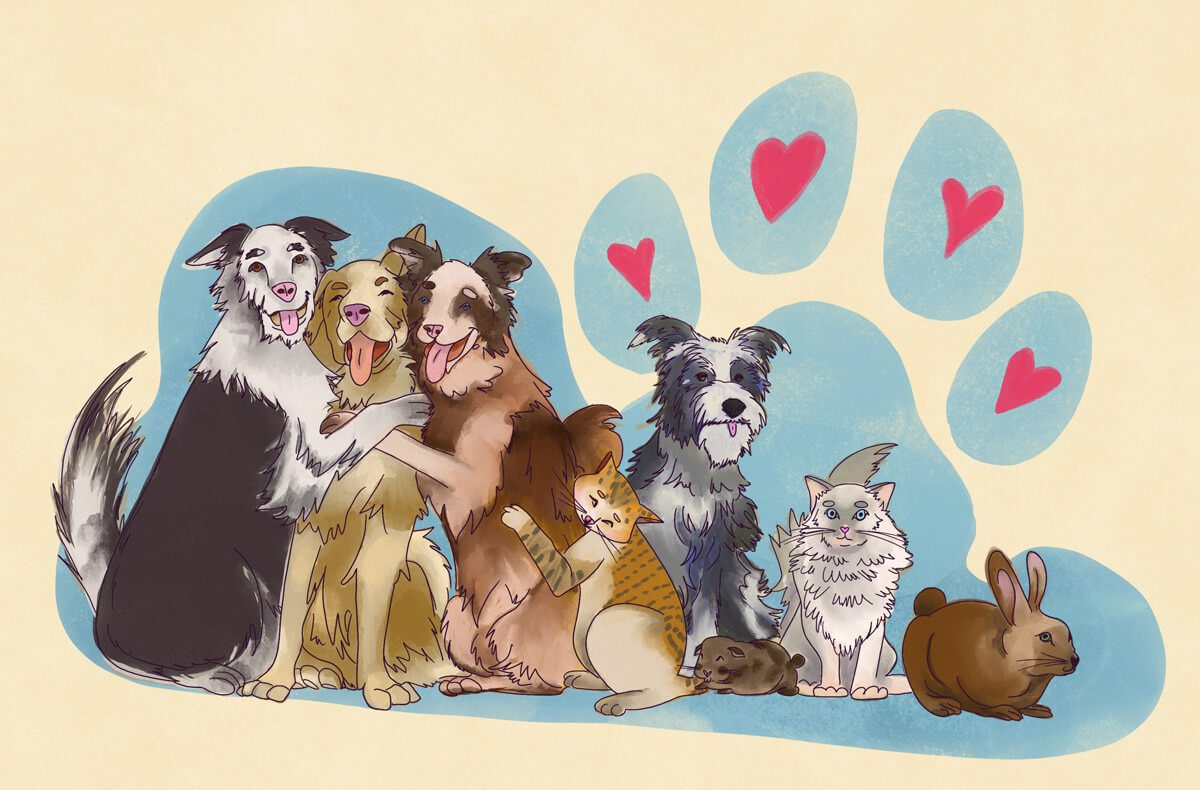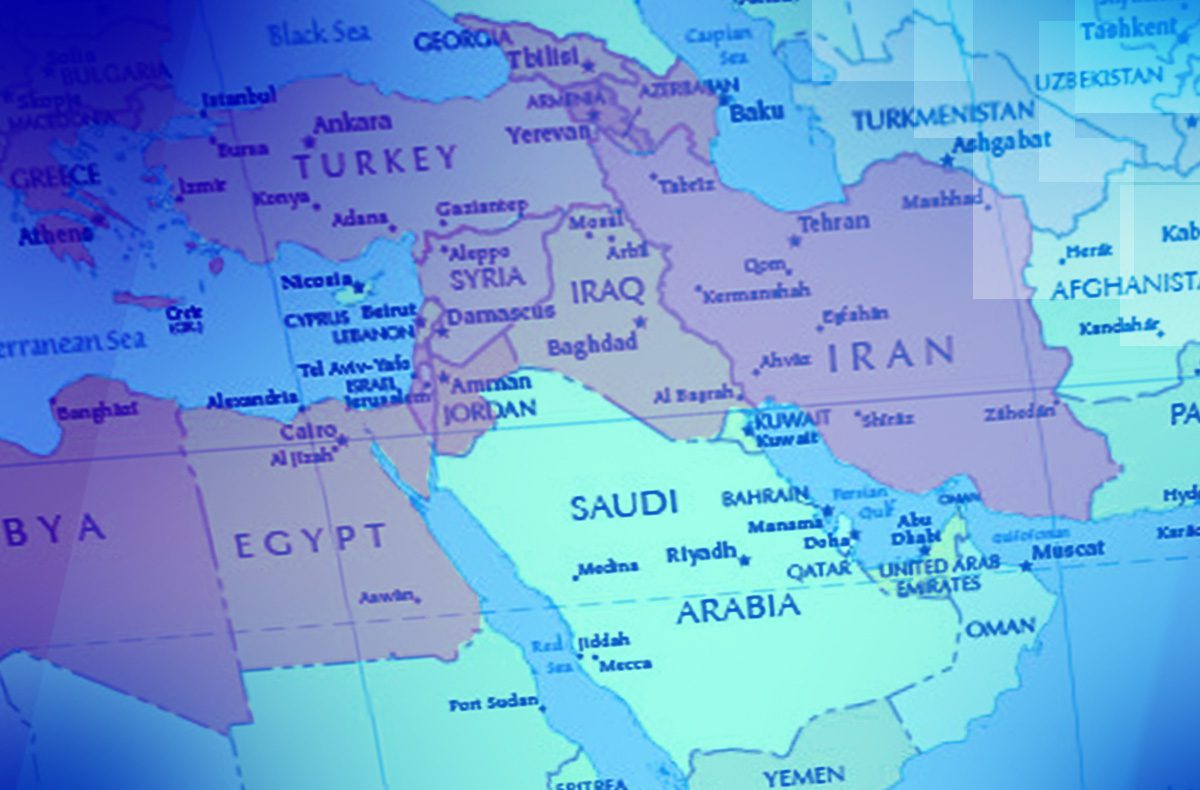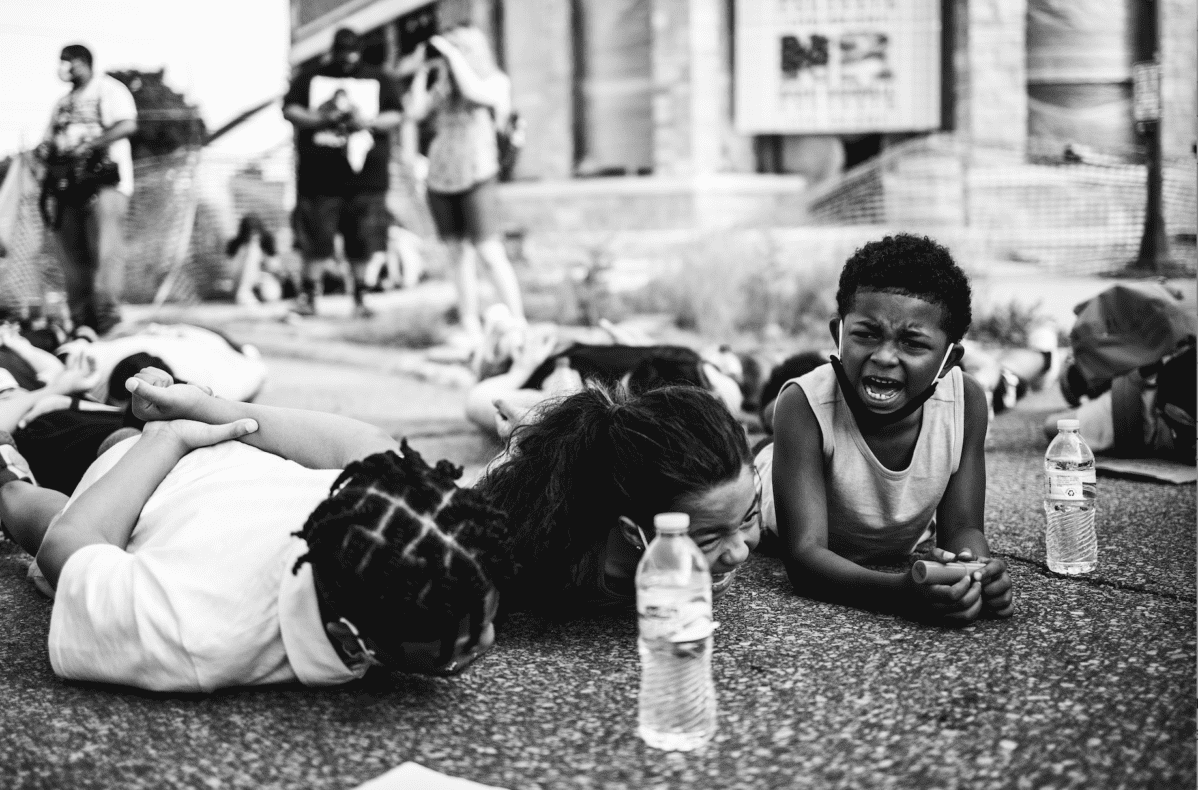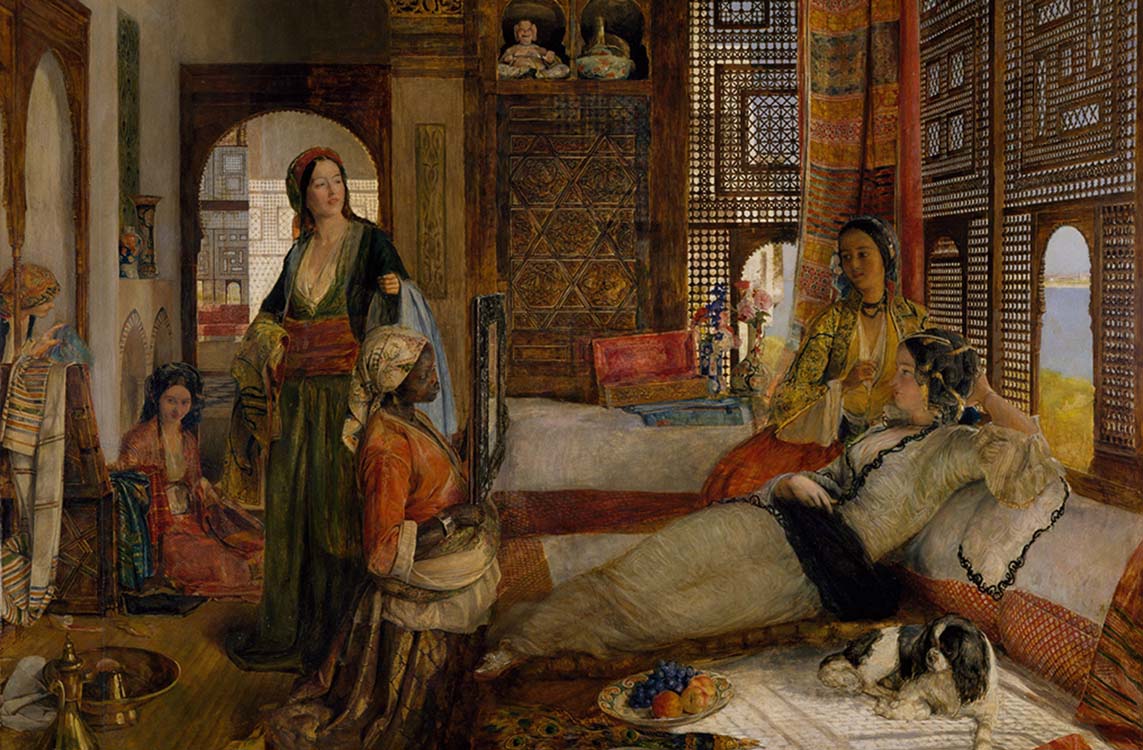
Illustration by Juliana Lagerstedt
In the early pandemic lockdowns, people sought the comfort of animal companions through adoption. The effects on so-called “pandemic puppies” are being studied, but what about the long-term impact on humans? Do humans have support through the normal lifespan of their pets?
Recently, the celebrity Pete Davidson described himself as “broken” by the death of his pandemic-adopted dog, Henry. While some veterinarians specialize in end-of-life care, there is a notable gap in the care for humans going through the grief stages involved in their animal companions.
Our communities are stressed in a post-pandemic world. The surgeon general recently highlighted loneliness as a major health risk factor; today, we are less connected to our friends, families, and neighbors. From economic woes to political divisiveness, we must find common ground to help each other.
We need to do the work of repairing our ties to one another. One of the ways we can do that is to help each other with something many of us have in common: our cherished pets. A vet chaplaincy would make inroads to mending our communities.
When our beloved dogs and cats, which helped us through some of life’s greatest trials, die, we need more than a pat on the back. We need the full support of a veterinary chaplaincy. For people, chaplaincy means guiding through end-of-life turbulence. For animals, it would mean additional loving support through the transition into death.
One of the most profound parts of our humanity is the ability to adopt and make voluntary families. Non-human animals like dogs, cats, birds, and many others are crucial members of our voluntary families. Indeed, the human world has lots of support for adopting animals from shelters, clinics, and humane societies.
From social media campaigns to pet stores, the steps to bring an animal into our lives are advertised and readily accessible. We develop strong bonds with our animals because they become part of our daily lives. But what happens when those bonds are strained and broken by the realities of illness, aging, and death?
There’s a reason why humans have teamed up with animals for thousands of years. Dogs helped our distant ancestors hunt more effectively. They also helped to protect us from other animals. Cats helped guard granaries from being overrun by mice. Cats allowed our ancestors to store large quantities of food so we could settle in one place and live in larger groups.
In many cases, human and animal lives are made better by this deeply shared intimacy. While we can only speculate about what animals get out of the arrangement, for many humans, the companionship, co-sleeping arrangements, and endless antics captured in pictures and—sometimes viral—videos become an indelible part of our lives.
So, when one of our beloved animals gets sick and must make the passage to death, the grief can be all-engulfing. A veterinary chaplain could help to mediate that grief and to articulate a hopeful vision for the future and a peaceful acceptance of the present for the bereaved while holding the memory of their animal closely.
While religious chaplains receive specialized training, a veterinary chaplain could utilize people’s natural empathy with fellow pet lovers and match it with more specific skills. For example, these learned skills include the ability to be present in and with others’ complex grief, the willingness to comfort and provide individualized help to those in pain, and the desire to stand in solidarity with others during some of the most painful moments in their life.
There are some online efforts to train veterinary chaplains, but as a culture, we haven’t acknowledged the deep need for a shoulder to lean on when our beloved animals die. This is equally true of our religious institutions.
Veterinary chaplaincy doesn’t exist, so we need to build the structures to support it. I do not think this is a service that veterinary supply stores could (or should) provide, nor do I think this should fall squarely on veterinary offices, either. Chaplaincy, particularly this type of chaplaincy, should never be a fee for service.
Rather, veterinary chaplains could be volunteers who want to help their neighbors through the grief and acceptance phases. Vet clinics can partner with local organizations that train and organize vet chaplains to supplement patient care.
Our communities suffer from many political, economic, and justice issues today. I suspect the root of those stressors is a lack of trust in other people. What we need are practical ways to reconnect, gain the trust and appreciation of others, and reiterate our commitment to caring for others. A veterinary chaplaincy would help to recreate community with one another during vulnerable times in our lives. Connecting people to process grief and loss can be healing for all involved.
I’ve long believed that animals can help us be better humans. As James Herriot famously said in All Creatures Great and Small, “If having a soul means being able to feel love and loyalty and gratitude, then animals are better off than a lot of humans.” Our animals teach us to be patient, attentive, and kind.
By helping one another through the illness and death process, we can be better humans to each other. At present, I have three very spoiled cats. They have about ten nicknames each, my phone is exploding with pictures of them, and I talk about them regularly in conversation. When their time draws near, I will need a calm, steady guide to remind me of the joy of life while I let them go.



